If we tell you that you think of the most mediated African politicians of the last centuries, surely Nelson Mandela will be one of the first on the list. A lawyer by profession, he was one of the mainstays of opposition to the apartheid system and then became president of the country for six years. Now, we will try to summarize his story in order to get to know one of the most influential African persons of recent times.
Nelson Mandela was born in 1918 in Mthatha, a village in the eastern Cape Province of South Africa, about 400 kilometers west of Durban. He was the son of a Thembu royal family of the Xosa ethnic group, an indigenous ethnic group that ruled in that territory. His father, Gadha Henry Mphakanyiswa, who died of tuberculosis when Mandela was 9 years old, was married to four women and had 13 children. Mandela’s mother was the third woman and little Mandela was the first member of his family to go to school. Actually, when he was little, his name was Rolihlahla Mandela, but a Dutch teacher at the school changed his name to Nelson Mandela. The reason? That during that time, it was common to change the names of African people to English names, so they were more easily pronounced by white minority settlers.
He studied law at Fort Hare University in the city of Alice, where he met his friend Oliver Tambo, another of the most important black political figures during Apartheid. There, he discovered the non-violence doctrine preached by Ghandi, who was already in South Africa fighting racial policies against the Indian people. At the end of his first year of university, Mandela, who was a member of the student council, took part in a boycott of the new university regulations which sought to transform the student council into an association without any decision-making capacity. Because of this, he was expelled from the university, and on his return to his hometown, he noticed that the throne was arranging a marriage for him, so he decided to flee to Johannesburg.
There, Mandela combined his work in a law company with law studies at the University of the Witwatersrand, and in 1944 joined the African National Congress (ANC) to fight racial segregation imposed by the Afrikaans minority in the country. He was one of the first to protest against the laws of Apartheid that were being imposed, such as the obligation to carry an identification for the entire coloured population. If the police stopped you and you didn’t have this identification, they would send you straight to jail. Mandela, along with other activists, publicly burned this identification that apartheid laws required them to bring because they were black.
He lived in Johannesburg with his first wife, Evelyn Mase. In 1948, the Dutch government removed the entire black population from the city and moved them to the SOuth WEst TOwnership, known as Soweto. A total of 1.2 million people were forcibly displaced and 98.000 houses were built for the black population. Only blacks who did housework for Afrikaans whites had access to their homes. So, they moved the whole population to a neighborhood on the outskirts of the city and built a train station for the blacks to move from Soweto to the city. Mandela, who was already an activist, lived in Soweto even though he obviously did not work for whites, but fought against his racial policies. His first wife, however, worked as a nurse in a white house and was therefore entitled to a house, which was the house at 8115 Villakazi Street in the Soweto district.
In 1952, Mandela was elected National Vice-President of the ANC, and they encouraged campaigns to challenge the unjust policies of the apartheid regime. He was arrested in 1953 and sentenced to nine months in prison, with a ban on meetings and the obligation to be under house arrest. He took advantage of this time to organize a clandestine campaign to win associates for the ANC, which went from 7.000 to about 100.000 throughout his house arrest.
In 1955, when the sentences ended, Mandela reappeared in public to explain the basics of the apartheid movement, also known as the Freedom Charter. With his friend Tambo, with whom he had a law company that helped all the black population who needed it, they began to push ideas for a non-racial state, a social policy of wealth distribution and a profound agrarian reform. Over the next few years, they carried out various non-violent demonstrations that received bullet attacks by police with massacres such as the Shaperville massacre in 1960, in which police killed 69 people during a march against the extension to the women of the identification that the black and colored population had to wear.
At that time, Mandela separated from his first wife due to his political activism. The woman suffered for her future as she worked for Afrikaans and was a follower of Jehovah’s Witnesses, who advocate political neutrality. Mandela had to decide between himself and his family, or politics. What did he choose? Politics.
They split up in 1957 after 13 years of marriage and four children: Makgatho Mandela (who died of AIDS in 2005), Thembelike Mandela (who died in a car accident in 1969), and where Mandela who was already imprisoned was not allowed to go to his funeral) and two Makaziwe Mandela: the first died when he was nine months old, so they decided to give to the second daughter who was born some years later the same name in honor of his late sister.
With all this rhetoric, Mandela was increasingly in favor of abandoning the non-violent strategy, which had no results, and in 1961 founded Umkhonto We Sizwe (MK), an ANC paramilitary network that promoted activities as sabotage, strikes, and as a last option, weapons. Due to the presence of small groups of black people who acted with weapons and pressured the ANC in order to be more combative and give a stronger response to repression, Mandela decided to be more combative but with the need for no one to be injured.
Shortly after separating from his first wife, he met Winnie Madikizela-Mandela, an anti-apartheid activist. They lived in Soweto and she stayed there with her two daughters for the duration of his imprisonment. With this second woman, the most influential South African politician, they were together during 38 years. Currently, her daughter Zenani Mandela-Dlamini has been South African ambassador to various states such as Argentina, South Korea and the island of Mauritius; and Zindzi Mandela, who died in 2020, was South Africa’s ambassador to Denmark.
On 5th August 1962, Mandela was arrested on the outskirts of Howick, on the road from Durban to Johannesburg. Accused of illegally leaving the country and being sabotaged, he began his 27-year detention in South African prisons. He did not leave the prison until 11th February 1990. Mandela was charged with four acts of sabotage and treason, sedition, relations with the African Communist Party and promoting a foreign invasion of the country. This process was known as the Rivonia process. In June 1964, he and his comrades were found guilty of sedition and sentenced to death, although they were eventually released because the judge did not consider the crime of foreign invasion proven.
He was detained for 27 years, 18 of which he spent on Robben Island, an isolated island off Cape Town. He was previously detained in Johannesburg’s Constitutional Hill Prison, where he began writing the book A Long Walk to Freedom. There, he was the only black man living in white prison because the Dutch government was afraid that Mandela encouraged his fellow blacks in prison and make a policy against the government from there. Once the verdict was handed down, he was transferred to Robben Island in 1964.
On Robben Island, Mandela would be more isolated. There, he was forced to do forced labor, such as in a limestone quarry on the island or collecting guano (fertilizers from bird droppings and bats). Mandela was a Class D prisoner (the lowest) and therefore could only receive one visit and one letter every six months. However, his resilience went further and during his time on the island he learned Afrikaans, and began to practice the reconciliation that he would apply a few years later in the country.
In 1982, Mandela was transferred to Pollsmoor Prison. One of the reasons of the Afrikaans government said was to alienate the African politician from the new black generations who were detained on Robben Island. In 1985, Afrikaans offered Mandela freedom in exchange of renouncing armed struggle. But Mandela rejected it, saying in a statement read by his daughter Zindzi: “What freedom do they offer me, while the organization of my country is still forbidden? Only free men can negotiate. Prisoners cannot enter into contracts.” In the following years, thanks to international pressure and negotiations with the new South African President De Klerk, Mandela was released from prison on 11th February 1990.
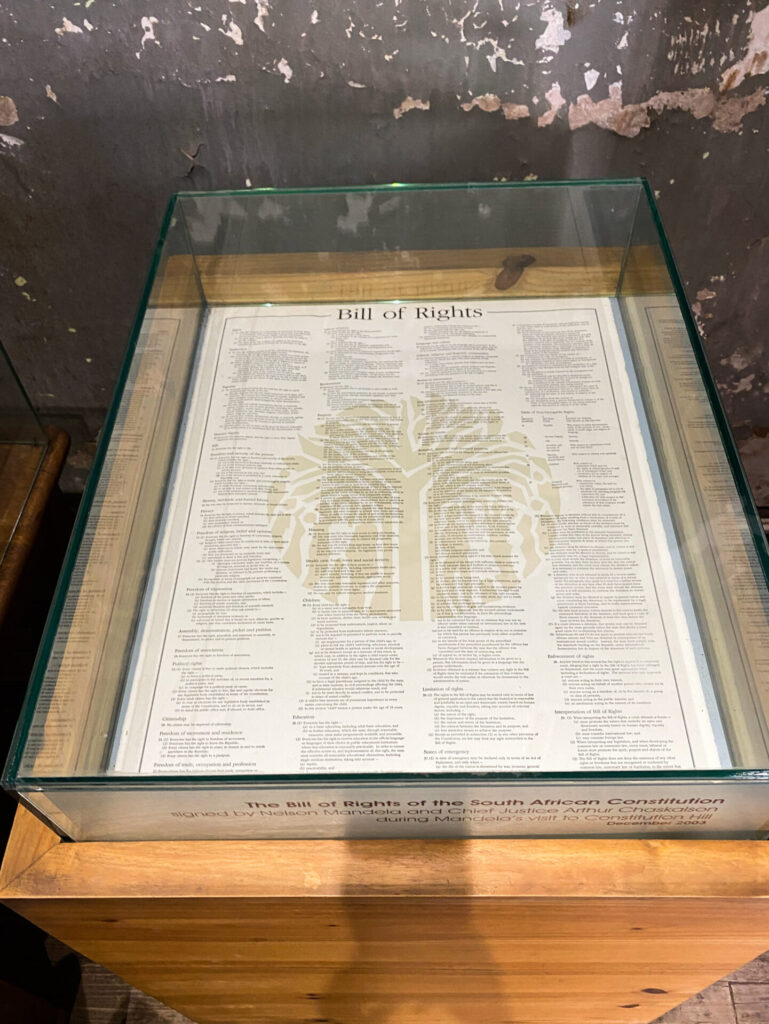
On his release from prison, he made a speech in front of Cape Town Hall stressing his commitment to peace and reconciliation with the white minority, but hoping for a favorable climate so that armed struggle would not be necessary. A few days later, he called on his supporters: “Throw your rifles, knives and machetes into the sea” in order to pacify the negotiations that led to both Mandela and De Klerk winning the Nobel Peace Prize in 1993, and in the first non-racial elections in South Africa on 27th April 1944. Nelson Mandela ran in these elections under the ANC, and at the age of 76 became president of the country with a 62.6% of votes.
However, not all of his supporters agreed on how to deal with the conflict. Among them, his wife Winnie. If Mandela was in favor of reconciliation, Winnie (who was also detained and under house arrest by the Afrikaans) thought that the best option was revenge against the white minority that had allowed these atrocities against them with Apartheid. Winnie became a symbol for black population because of her combative spirit. She did not approve of her husband’s reconciliation, and she separated from Mandela in 1992 and divorced in 1996, six years after Mandela released from prison.
Mandela ruled for a single term, until he officially retired from politics in 1999 at the age of 81. During his six-year term, Mandela pushed for various reconciliation initiatives. One of them, and known for the film Invictus, was the Rugby World Cup held in South Africa in 1995 and where the population (black and white) came together to defeat the final the New Zealand All Blacks. Mandela handed the trophy to Pienaar, the Afrikaans captain of the Springboks, wearing his T-shirt. Finally, Nelson Mandela had a third woman known as one of the few people who has married two presidents. Grace Machel was the widow of the President of Mozambique, and in 1998 she married Nelson Mandela, with whom she remained until her death in 2013. Mandela died at the age of 95 from a lung infection.
Many people consider Mandela to be the father of the nation and that is why they call him Madiba. This was the name of Mandela’s Thembu clan and therefore a name that showed a great deal of respect and appreciation. In fact, Madiba was a 19th-century ruler in the southeastern Transkei region. In Africa, the name of the tribe is sometimes much more important than the surname itself, as it represents the struggle for origin and the memory of tradition and ancestors. Today, however, some South Africans (especially whites) see Mandela as a controversial figure who imposed positive discrimination in favor of blacks, thus denying the Afrikaans population many jobs’ options.
What no one can deny today is that Nelson Mandela has been one of the most important politics on the African continent in recent times. He lived in the same time where many former African colonies achieved their independence; and he fought, like other iconic figures like Mahatma Ghandi, in order to achieve the abolition of the racial policies that his country lived through during Apartheid. If you visit South Africa, it is very important to know the story of this politician who had a very high physical stature, and who stood out for his empathy. You can visit some of Mandela’s places, such as Robben Island Prison (for more information, click here) or his home in Soweto and Constitutional Hill (for more information, click here). A world-renowned historical figure with a very active biography.




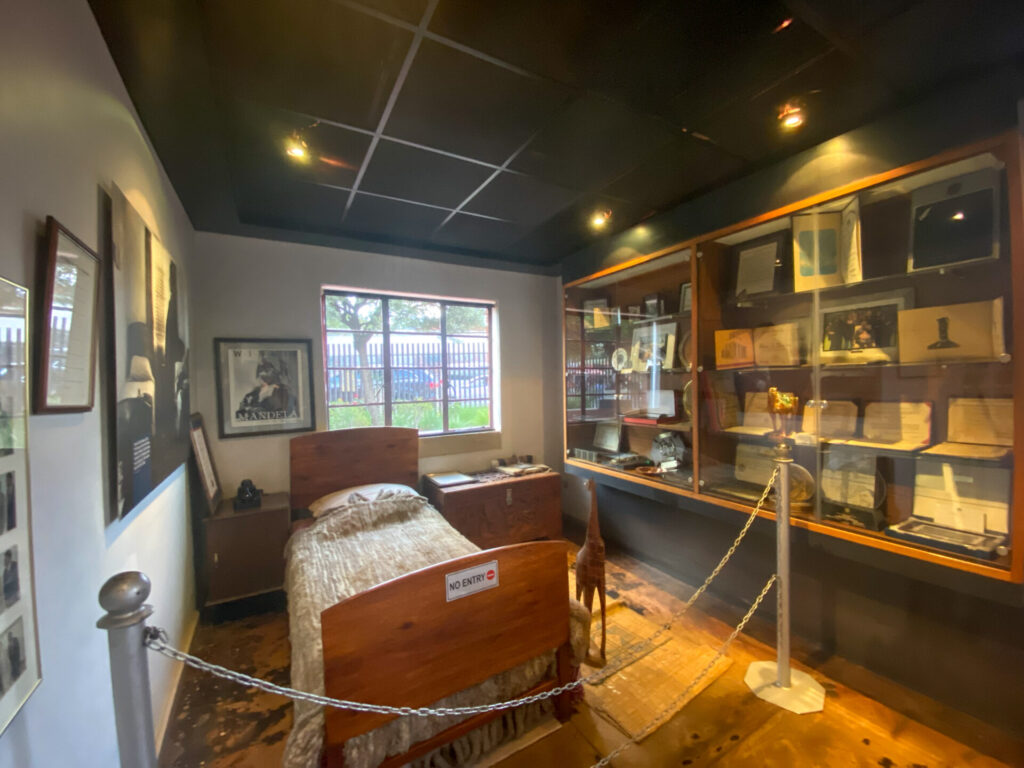
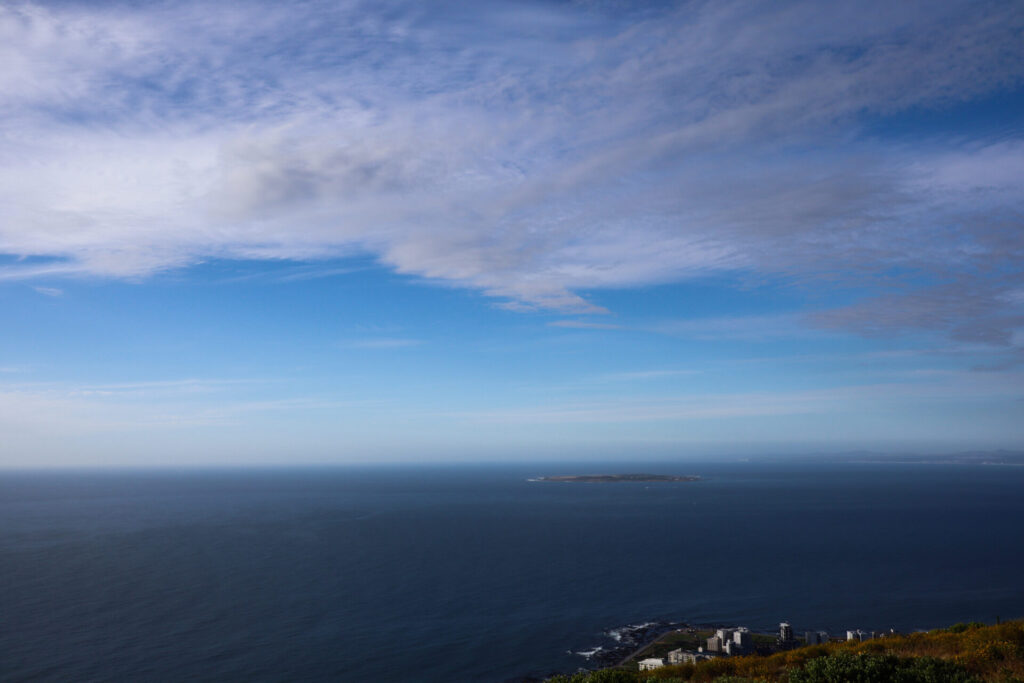


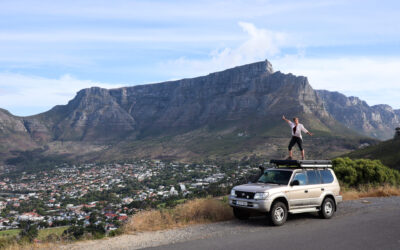




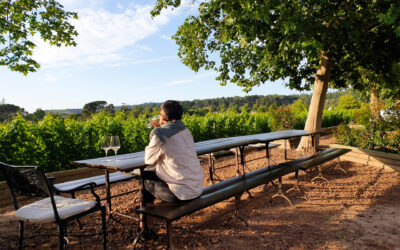
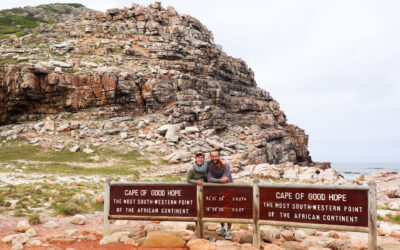



0 Comments